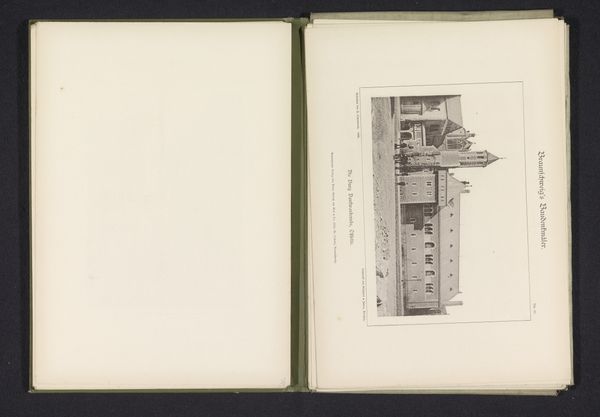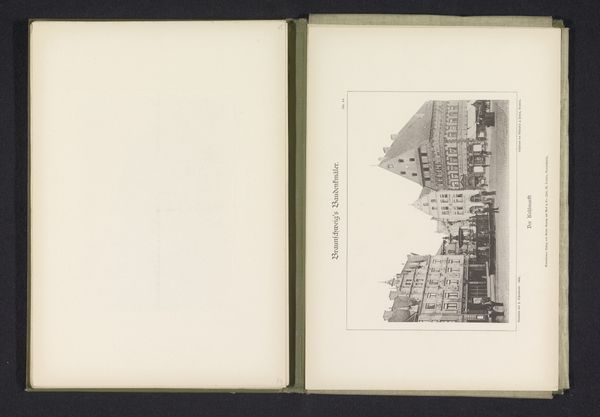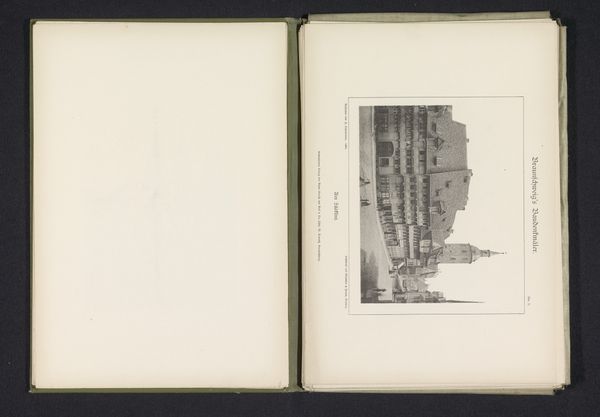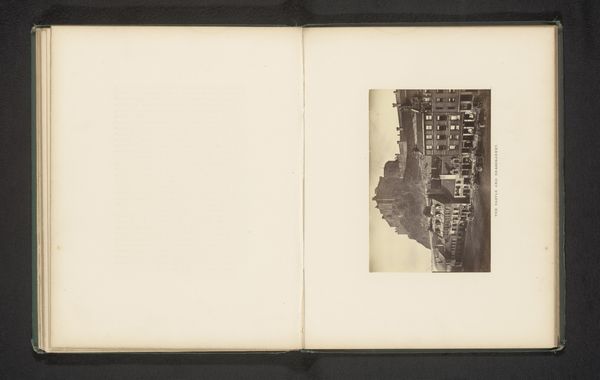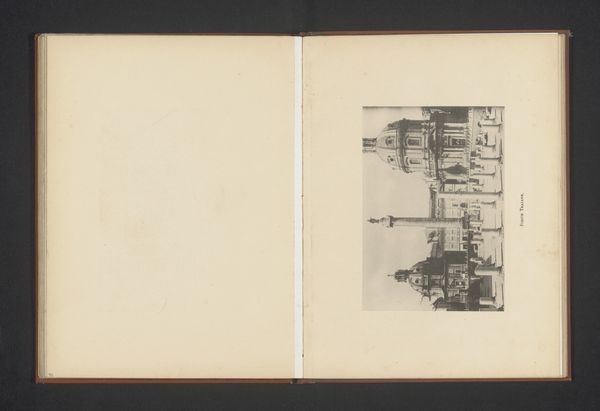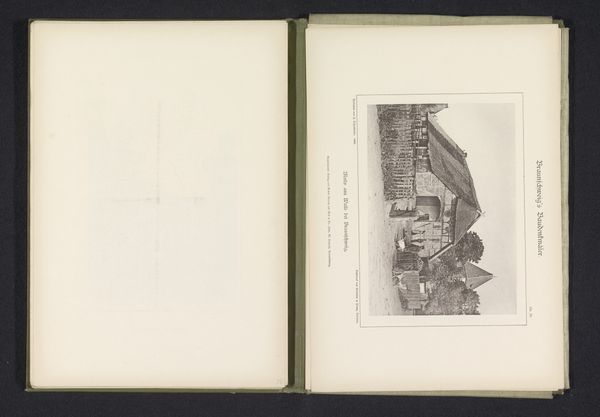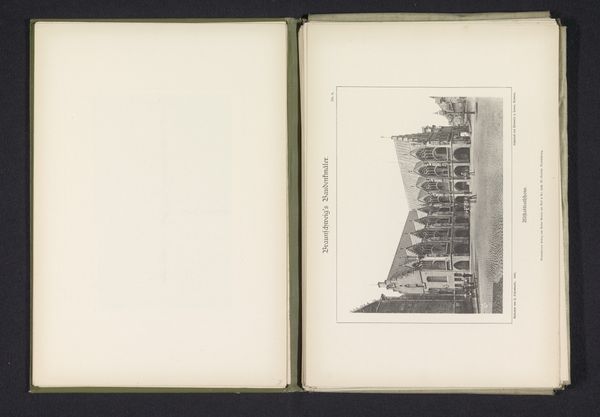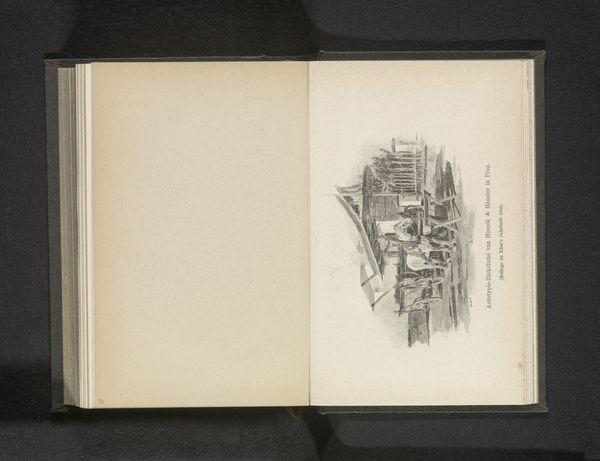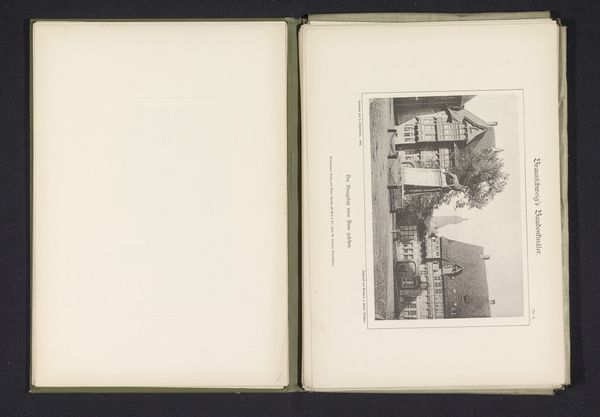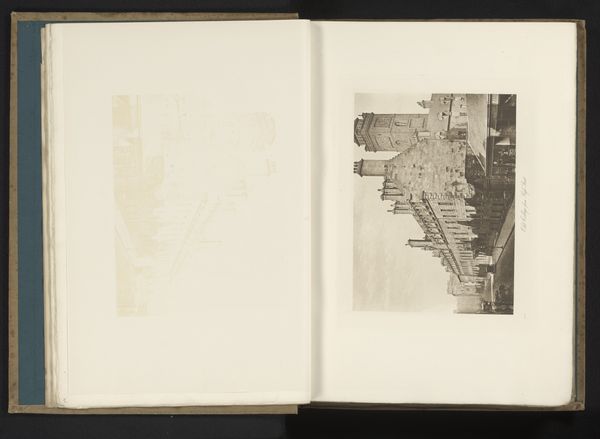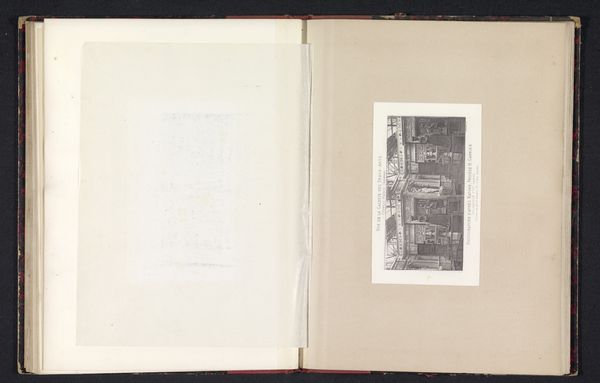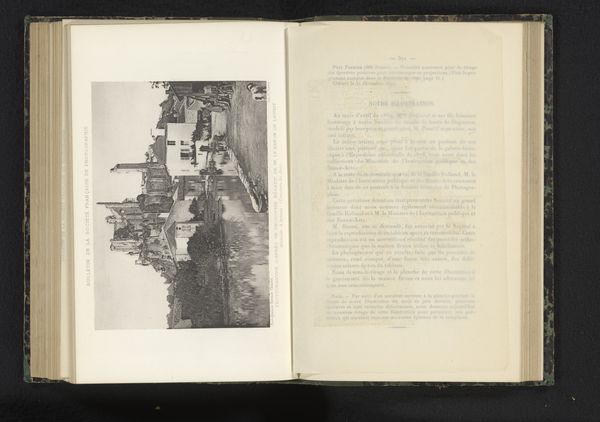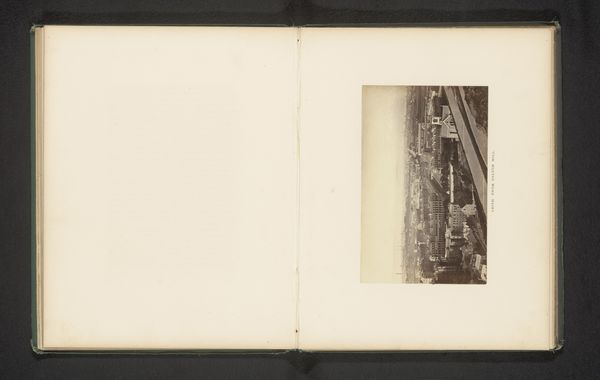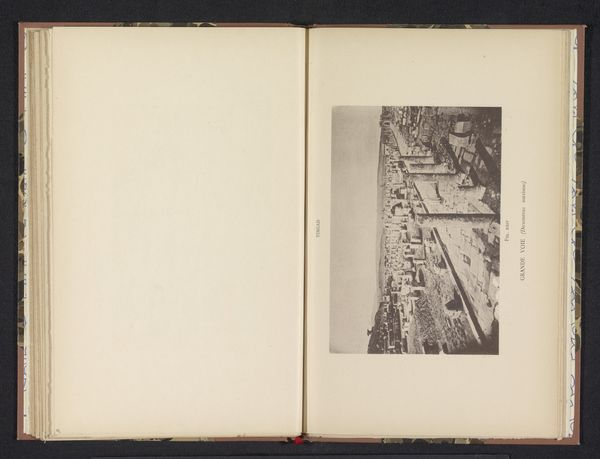
print, photography
# print
#
photography
#
cityscape
#
realism
Dimensions: height 111 mm, width 153 mm
Copyright: Rijks Museum: Open Domain
Curator: Immediately, it gives off such a calm, ordered feeling, wouldn't you say? Editor: This is a print titled "Gezicht op de Hagenmarkt te Braunschweig" made in 1892, documenting the Hagenmarkt marketplace in Braunschweig. And yes, initially, there is something quite orderly here—the geometric architecture certainly lends itself to that. However, I see something more than serenity. This cityscape freezes a specific moment in time. Look at the shadows and how the bustling crowd interacts with the space; how would you say this realism interacts with that era’s sociopolitical issues? Curator: Oh, absolutely! There’s such an incredible contrast between the still, solid buildings and the implied movement of the figures. The marketplace seems to come alive! You can almost hear the murmur of the crowds, the clatter of the vendors... Editor: Marketplaces are important sites for the movement of goods and ideas. Take, for instance, how such a scene portrays the relationships between local trade and civic structure. This also provokes considering power structures present. Notice any signs that give rise to power dynamic suggestions? Curator: Now that you point that out, there is such a subtle feeling. Look how the church looms over the market—but somehow isn't dominating. What an interesting blend of spirituality and earthly transactions, right? Editor: It is interesting how the church's architectural features appear on par with the architecture and activity of the marketplace. You bring up a crucial point about the fusion of spiritual and economic spheres in cityscapes. Curator: Right, and that delicate tension speaks to the heartbeat of Braunschweig back then. How daily life probably really felt, and, perhaps, even still today. It's beautiful how art can be so direct, yet have so many whispers to it. Editor: Indeed. The photograph becomes a social text reflecting specific historical power dynamics, particularly how market places historically also represent women, workers, immigrants, enslaved people, or ethnic groups. Curator: Such a photograph makes us look closer, beyond that beautiful ordered surface—asking, "what did daily life involve back then?" We start pondering power, space, even faith, I love that about art; this particular one is subtle and loud. Editor: And so much depends on our position as a viewer. Our gendered experiences, social class, cultural framework affect our interpretation. In 1892, did the photographer also ask himself, “Who am I within this image? Who are those individuals moving within the Hagenmarkt?"
Comments
No comments
Be the first to comment and join the conversation on the ultimate creative platform.
